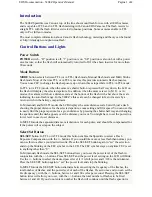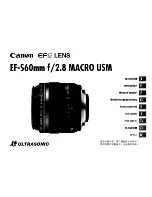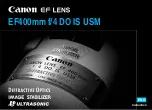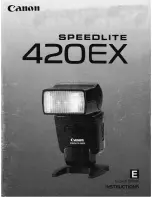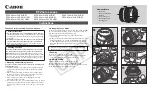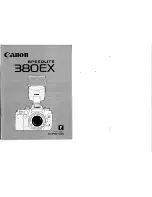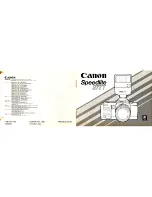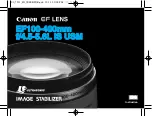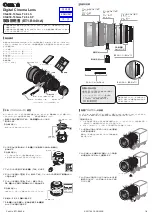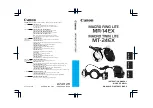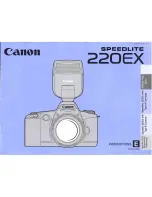
39
Basic Photography and Playback
A
Exposure
Depending on the scene, exposure may differ from that which would
be obtained when live view is not used.
A
Shooting in Live View
Although they will not appear in the final picture, jagged edges, color
fringing, moiré, and bright spots may appear in the monitor, while
bright regions or bands may appear in some areas with flashing signs
and other intermittent light sources or if the subject is briefly
illuminated by a strobe or other bright, momentary light source. In
addition, distortion may occur with moving subjects, particularly if the
camera is panned horizontally or an object moves horizontally at high
speed through the frame. Flicker and banding visible in the monitor
under fluorescent, mercury vapor, or sodium lamps can be reduced
using
Flicker reduction
213), although they may still be visible in
the final photograph at some shutter speeds. Avoid pointing the
camera at the sun or other strong light sources. Failure to observe this
precaution could result in damage to the camera’s internal circuitry.
Live view ends automatically if the mode dial is rotated to
g
or the
mode dial is rotated from
g
to another setting.
To prevent light entering via the viewfinder from appearing in the
photograph or interfering with exposure, we recommend that you
cover the viewfinder with your hand or other objects such as an
optional eyepiece cap before taking pictures without your eye to the
viewfinder (
A
HDMI
When the camera is attached to an HDMI video device, the video
device will display the view through the lens. If the device supports
HDMI-CEC, select
Off
for the
HDMI
>
Device control
option in the
setup menu (
185) before shooting in live view.































